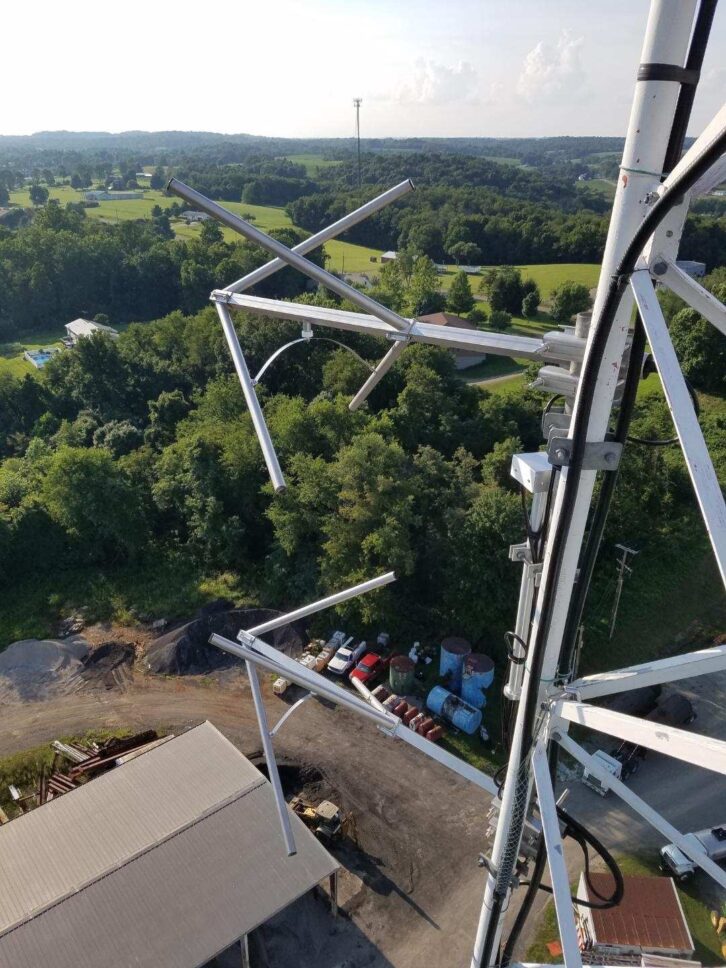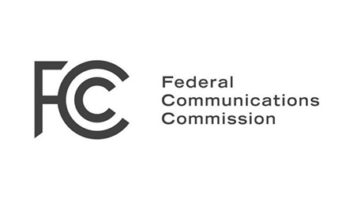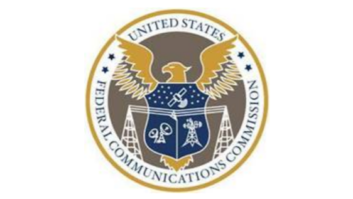Mark Bohach’s opinions about FM translators are well respected. His comments were cited in the FCC report and order that led to filing windows for AM stations to apply for cross-service translators. And Bohach was invited to speak at the 2023 Midwest Broadcast & Multimedia Technology Conference this fall in Columbus, Ohio.
Radio World followed up with him to seek his tips on getting the most out of this type of FM facility.

Translators, which rebroadcast the signal of a primary station on a different FM frequency, have become an important part of radio’s spectrum strategy toolkit.
Many commercial and noncommercial operators are using translators in ways previously unimagined, not only supplementing local coverage of an FM primary station, but leveraging them to gain a more lucrative footprint on the dial for content that originally airs on AMs or on FM HD Radio multicast channels.
The earliest translators were licensed in 1970 and meant to provide supplementary service where signals were limited by distance or terrain. The first were limited to 10 watts. FM translators are now allowed a maximum of 250 watts.
Bohach is co-owner of WLOH Radio Company in Lancaster, Ohio. WLOH(AM) has four FM translators.
“Our AM signal is quite limited. WLOH is at 1320 kHz and uses 500 watts daytime and only 16 watts at night. FM translator service was a lifeline for us to remain competitive considering the entertainment space we operate in now,” Bohach says.
WLOH Radio obtained two FM translators in 2010, then another in 2018 as part of AM revitalization. It purchased its most recent one in 2022, nearly doubling the station’s total coverage footprint.
Radio World: What has been the business impact on your company of having four cross-service FM translators?
Mark Bohach: When you look at the period in which we have operated them since 2010, and all the changes that have happened in broadcasting and with the increased competition from streaming audio, those translators have been a tremendous help. I couldn’t imagine competing with a standalone AM.
We have been able to maintain a local AM service that is viable in our local community, but the other half of it is the ability to increase sales and grow our company thanks to the FM signals. We have grown listenership and revenue while keeping up with inflation.
The FM translators also added legitimacy to advertisers, like automobile dealers. We couldn’t reach them before but they have turned into loyal customers.

RW: What is the secret to stretching out the translator signal as far as legally possible?
Bohach: A fill-in translator, which includes all those FM translators being used by AM stations, has no specified maximum height of the antenna. If you can make a contour fit interference-wise, so that you are not causing interference, you can specify any height you want. One of our translators operates at 350 feet above average terrain. That’s very tall, and with the full 250 watts I’m able to cover my entire county.
The key for us was having the correct engineering help to maximize height and power of the translators to give us solid coverage.
RW: For those searching for an FM translator, how important is it to get good technical advice from a consulting engineer?
Bohach: Quite honestly, we wouldn’t be where we are without the services of Bert Goldman. He is one of these people who eats, drinks and sleeps RF. I would go to Bert and asks him the craziest questions about moving this or that around, and he finds a way. So finding a qualified broadcast engineer has been crucial to our success.
RW: What are some of the tips you offer for those searching for a FM translator?
Bohach: The first thing you want to try to be is non-directional. You can use whatever antenna you think best and orient it anyway you like. You want to be as tall as possible. And getting up as high as you can within reason while making the interference contours work.
The other thing is you want to concentrate your RF power into your principal community. In other words, try to build your translator site right in the middle of a population or in the middle of the area you want to serve. You only have so much RF energy, so you want to center that and put it over the highest population you can. It will penetrate buildings well and have better mobile coverage, perhaps reaching 15 to 20 miles.
RW: What’s the easiest way to run afoul of the FCC when operating a FM translator?
Bohach: Well, it’s very easy if you don’t do what you say you are going to do. The first thing: Make sure you are not interfering with anybody. That will trigger a complaint and then an investigation.
Follow the basic technical rules. Make sure the antenna is in the right location and [know] if your license specifies a directional or non-directional antenna. Make sure to put a modulation monitor and power meter on it so you know if you are over power.
It’s also critical that you properly identify that FM translator, either over the air or using a Morse code FSK [frequency shift keying] key built into the translator transmitter.
RW: The FCC was expecting strong demand in the December LPFM filing window, and seems like it’s been “LPFM vs. translators” in a battle for spectrum real estate for a long time. What should translator licensees know?
Bohach: You need to be aware if somebody applies for a LPFM near your frequency; you need to be on the lookout for any possible interference. Remember, LPFMs and translators are considered secondary services by the FCC. You’ll want to watch if someone specifies that they are using a directional antenna — or anything else they specify. You need to pay attention.
RW: How should the licensee of a FM translator operator handle an interference complaint?
Bohach: That’s a big deal. You have to be mindful you cannot cause any interference with a full-power FM station even if they make a change, but they can cause interference to your FM translator. You have to be a good neighbor.
RW: What about the recently revised interference rules adopted by the FCC?
Bohach: Thankfully the FCC revised the interference rules in 2021. They specified that the full-power stations are only protected down to the 45 dBu contour, or the .177 mV contour.
Also, there was a time when one registered complaint could take an FM translator off the air. Now you have to have multiple complaints against a translator before the FCC will take action.
In addition, now if a full-power station has an interference complaint, they have to get with the offending translator station first and try to mitigate the issue. If it gets to the point where they file a complaint, they have to sign a certification saying that the full-power station is operating within parameters and operating legally.
RW: Any concerns on your part that the expansion of FM translators has led to overcrowding in the FM band?
Bohach: I have concerns. Because again, what happens on paper sometimes doesn’t happen in the field. The FCC has to enforce the rules, first and foremost. The rules are specific. Crowding is always a concern. We want to make sure we don’t cause so much RF that we invite more problems than we need or want. There are practical limits, but not all operators are going to play within the rules. That’s why enforcement is so important.
RW: Might we see an FM translator filing window anytime soon?
Bohach: I don’t think so. With the new LPFM filing window, it’s going to be interesting to see where spectrum can be carved out. In rural areas there is still plenty of room for new LPFM and translator service. I don’t think you will see a new window in five years. Perhaps a decade down the road there might be. If there will be one, it’s way down the road.
RW: You’ve dubbed the cross-service translator ruling “The Great Translator Land Rush,” and you obviously benefited. Are there other steps the commission could take to help translator operators?
Bohach: There is one condition in the FCC’s Minor Change rules that often prohibits the movement of a translator. That rule requires some part of the translator’s proposed 1 mV/m contour to overlap the existing contour. This limits the distance a translator can be moved to not more than 15 to 20 miles and forces stations to compromise on selecting optimal antenna patterns because they have to satisfy this condition.
If the FCC were to relax this rule to allow a bit more distance under the minor change rules, that would add flexibility in finding and moving translators. My proposal would be to set a mileage limit, perhaps 30 to 35 miles.
RW: If someone wants to go hunt for an existing FM translator to purchase, how should they go about it?
Bohach: I would start with a consultant or broadcast engineer who can do a channel search to find a FM translator. You need to find one that can fit and be moved with a minor change. You’re going to be looking for a translator within 20 miles of where you are. It has to be nearby. You can then prepare a list and contact the license holder.
So start with the engineering, then find out if it’s available and at what price. Then do the feasibility study. A broker can also be helpful.
RW: What is one thing a lot of folks don’t know about fill-in FM translators?
Bohach: The licensee of an FM translator can change the primary station being rebroadcast without prior authority from the FCC. And translators rebroadcasting an AM station can add RDS. There are no rules prohibiting that.
FM translators have become a lifeline for many AM stations in the United States; the commission allowed the first cross-service FM translators in 2009. But strong interest in translators didn’t start then.
According to FCC data gathered by Radio World, in 1990 there were about 1,850 licensed FM translators and boosters. Ten years later that number had grown to 3,250. After another decade, in 2010, the number had leapt to 6,170. And as of the most recent report, there were 8,928.
The commission reports the number of translators and boosters in aggregate, but most of them are believed to be translators rather than on-frequency boosters.












